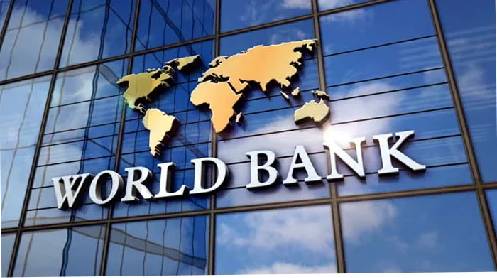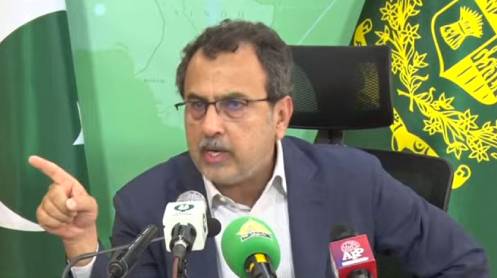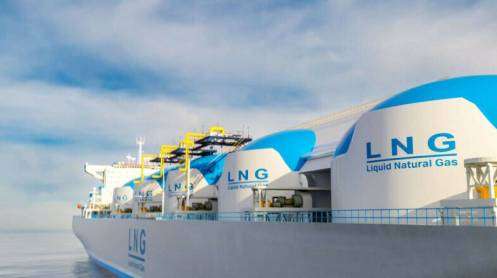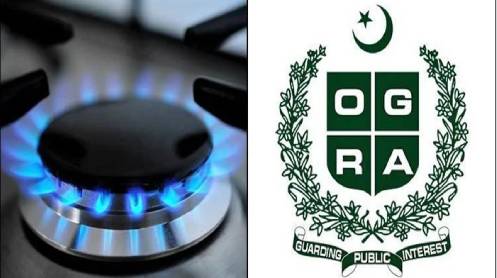ISLAMABAD, October 8, 2025 — The World Bank has lowered Pakistan’s economic growth forecast to 2.6% for the current fiscal year, citing the severe impact of ongoing floods that have disrupted agriculture, trade, and food supply chains. The Washington-based lender’s latest Regional Economic Outlook for the Middle East, North Africa, Afghanistan, and Pakistan (MENAAP) highlights that the floods have significantly dampened growth prospects while pushing inflation up to 7.2%.
The new projection marks a 0.5 percentage point cut from the Bank’s earlier forecast of 3.1% in April 2025, well below the government’s 4.2% target and the 3.5% level currently under IMF program discussions. “Early estimates suggest at least a 10% decline in Punjab’s agricultural output, affecting key crops including rice, sugarcane, cotton, wheat, and maize,” the report noted.
For FY2026–27, growth is expected to rebound to 3.4%, driven by better crop yields, easing inflation, lower interest rates, and improving consumer and business confidence.
The report also acknowledged progress in trade reforms, noting Pakistan’s recently approved five-year tariff reduction plan (2025–2030), which aims to halve import duties to boost exports and competitiveness.
Inflation, which fell to single digits in FY2024–25 due to easing food and energy prices, is projected to rise again as floods disrupt food supplies. The Bank also anticipates a 1.5% decline in global exports from Pakistan, with poverty reduction progress stalling since 2020 amid repeated economic and climate shocks.
Between 2011 and 2018, Pakistan’s poverty rate had dropped by 9.4 percentage points, but natural disasters and macroeconomic instability have since halted these gains. Given its large population and high poverty rate, Pakistan now accounts for a substantial share of the region’s poor.
Regional Overview: Growth, Gender, and Demographics
The broader MENAAP region is projected to grow by 2.8% in 2025 and 3.3% in 2026, supported by strong non-oil sectors in Gulf economies and recovery in agriculture and tourism among oil-importing nations. However, geopolitical instability, trade disruptions, and climate-related shocks remain key risks.
The report also highlights the region’s low female labour participation, with only one in five women active in the workforce — the lowest rate globally — despite significant educational achievements.
“To unlock the full potential of women in the region, we must tackle every barrier to their inclusion with comprehensive measures,” said Ousmane Dione, World Bank Vice President for MENAAP. “A vibrant private sector that creates jobs and transforms aspirations is key to real progress.”
Roberta Gatti, Chief Economist for the region, added that boosting women’s workforce participation could raise GDP per capita by 20–30% in countries like Pakistan, Egypt, and Jordan.
The report also warns that while the region’s working-age population will expand by 220 million by 2050, it faces a looming demographic challenge due to declining fertility and aging populations. Pakistan, with a fertility rate of 3.5, remains one of the highest in the region but is expected to fall below replacement level within a generation.
Despite progress, women’s participation in Pakistan remains among the lowest in the region. Two-thirds of college-educated women remain out of the workforce, often due to cultural norms and early marriage pressures. Still, Pakistan is listed among the top reformers in workplace equality, introducing eight positive legal reforms since 2010.
The World Bank concludes that for Pakistan and the broader MENAAP region, inclusive growth, climate resilience, and gender equality remain essential to achieving sustainable economic development.
Story by Khaleeq Kiani







